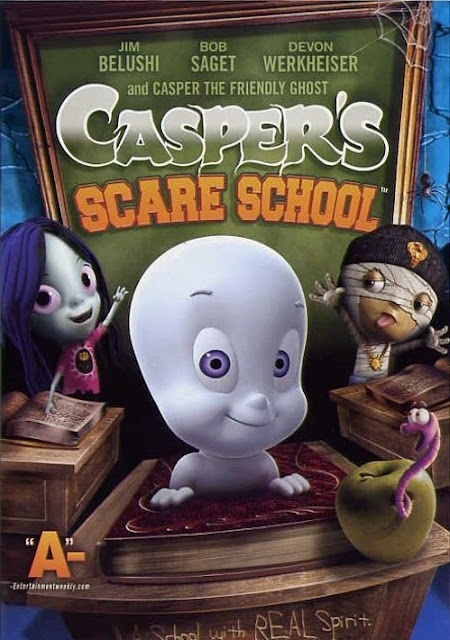PHENOMENALITY: *marvelous*
MYTHICITY: *poor*
FRYEAN MYTHOS: *drama*
CAMPBELLIAN FUNCTION: *metaphysical, psychological*
It would be very interesting to know why someone at 20th-Century Fox had the idea that Gold Medalist ice skater Carol Heiss, who seems to have had no experience in formal acting, would sell a movie, even one pitched at juvenile audiences. And Heiss's Snow White is indubitably the central character of the film, the one to whom everyone in the film reacts, just like the animated Snow in the Disney classic. And despite the title, SNOW WHITE AND THE THREE STOOGES, the Stooges aren't co-equal stars in the flick, any more than the Seven Dwarfs are co-equals with the Disney heroine. Indeed, the script is constructed so that three or more dwarfs could have taken the Stooges' places with no damage to the story, since as many Stooges fans have noted, the performers don't have much comic business. (It's also the only film for the Three Movie-Stooges that isn't primarily a comedy.)
It may be that even though the Snow White narrative was in public domain, Fox was hoping to chisel in on Disney's kid-market without doing anything that would earn them a call from the Mouse's lawyers. Thus, in place of seven Dwarfs who become parental figures to the forlorn heroine, we have three mountebanks who become parent-like units to both the heroine and her destined beloved. Even those who barely remember the details of the Grimms' fairy story will be aware that the prince in both the original story and in Disney is something of a last-minute insert. But this time the prince has his own arc.
In fact, the Evil Queen (Patricia Medina) and her evil magician-counselor Oga (Guy Rolfe) are loosely responsible for the Stooges being in contact with the destined young lovers. Long before Snow is old enough to threaten the Queen with her beauty, the nasty ruler decides to knock off Prince Charming when he's still a young boy, newly affianced to Snow when both are children. She fails, though Charming loses his memory, and the kindly mountebanks raise the prince as their own kid, naming him "Quatro" (Edson Stoll). I guess it was better than "Zeppo." Only much later do Quatro and the Stooges occupy the house of the Seven Dwarfs (away on vacation), and this makes it possible for the traveling entertainers to encounter Snow when she runs into the forest to escape the Queen's wrath.
There's another big change to the Grimm template, also a possible ploy to distance STOOGES from Disney. The beautiful Queen does transform herself into an ugly hag as part of her plan to kill Snow at movie's end. But she doesn't make her own magic, but rather has Oga supply the transformation-potion. Further complications: the Queen actually gets real magic powers, being able to fly around on the archetypal broomstick, and later transforms herself into a second persona, a traveling gypsy, who actually persuades Snow to eat the fatal apple. Another twist: for some reason Oga carries around a magic sword that can grant its wielder three wishes-- but only if the wishes are used for good ends. (So Oga has no real reason to keep the sword with him, except so that it can fall into the hands of Snow's protectors.) All that said, Medina and Rolfe make a good evil couple, even though the script doesn't actually say they're lovers.
I suspect the three wishes concept was introduced by co-writer Noel Langley, best known for his contribution to the 1939 WIZARD OF OZ script. The wish-sword isn't strictly necessary for the plot, but there's a nice dramatic moment when the Stooges use the sword's last wish to eliminate the Evil Queen, and then have no wishes left to revive Snow White. One guess how she is restored.
If the Stooges don't get a lot of comic scenes, Snow and Prince Quatro get a lot of romantic scenes, whether sung (with forgettable doggerel lyrics) or skated (Heiss and a stand-in skater for Edson Stoll). The Technicolor photography looks good, if not outstanding, but I still don't know what kind of market there was in 1961 for romantic fairy tale musicals aimed at juveniles. Off the top of my head, the only similar movie that comes to mind is 1952's JACK AND THE BEANSTALK. and I think that film was only a minor success.




















